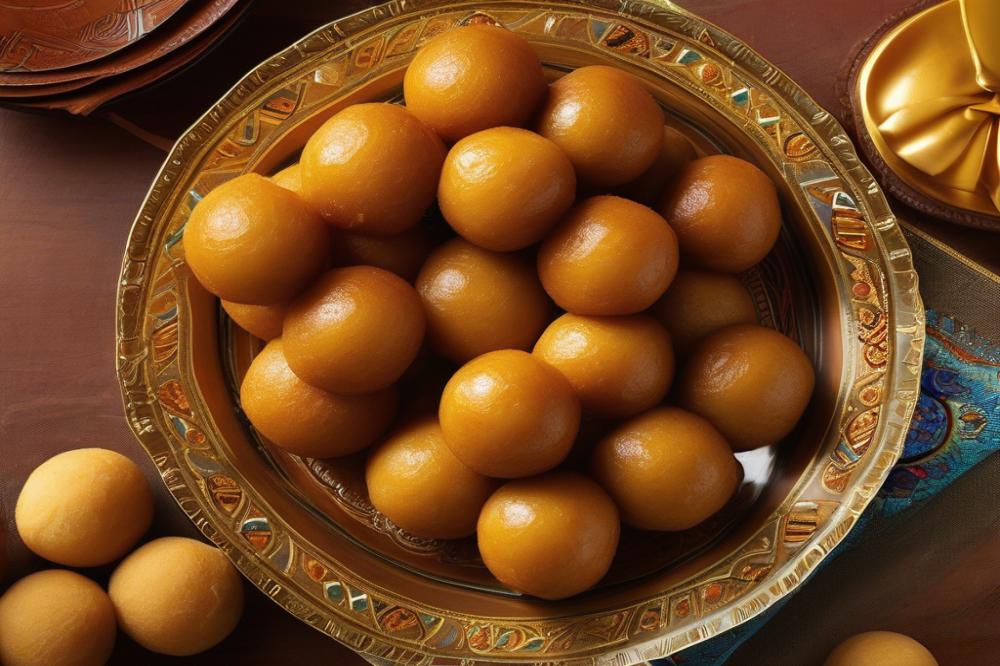Exploring the Sweetness of Egyptian Zalabya fried dough Balls
Zalabya is a beloved treat in Egypt, celebrated for its crispy exterior and soft interior. This delightful fried dough has won the hearts of both locals and tourists alike. It serves as a popular street food, often found at lively markets and bustling food stalls. During Ramadan, this sweet delicacy holds a special place on the tables of many families. Enjoying these fried delights becomes a cherished ritual during the iftar meal— the meal that breaks the daily fast.
This Egyptian dessert is often drenched in honey syrup, enhancing its sweetness and appeal. As a staple among Middle Eastern sweets, Zalabya is an easy choice for those seeking tasty snacks. In addition to its street food status, it can be made at home using various dessert recipes that have been passed down through generations. The combination of simplicity and flavor makes it a significant part of cultural cuisine.
Throughout this article, we will delve deeper into the history and preparation of Zalabya. We will explore how it has evolved and why it remains a preferred choice among many. By the end, readers will gain insight into why this traditional sweet continues to be a favorite during Ramadan and beyond.
Zalabya: An Overview
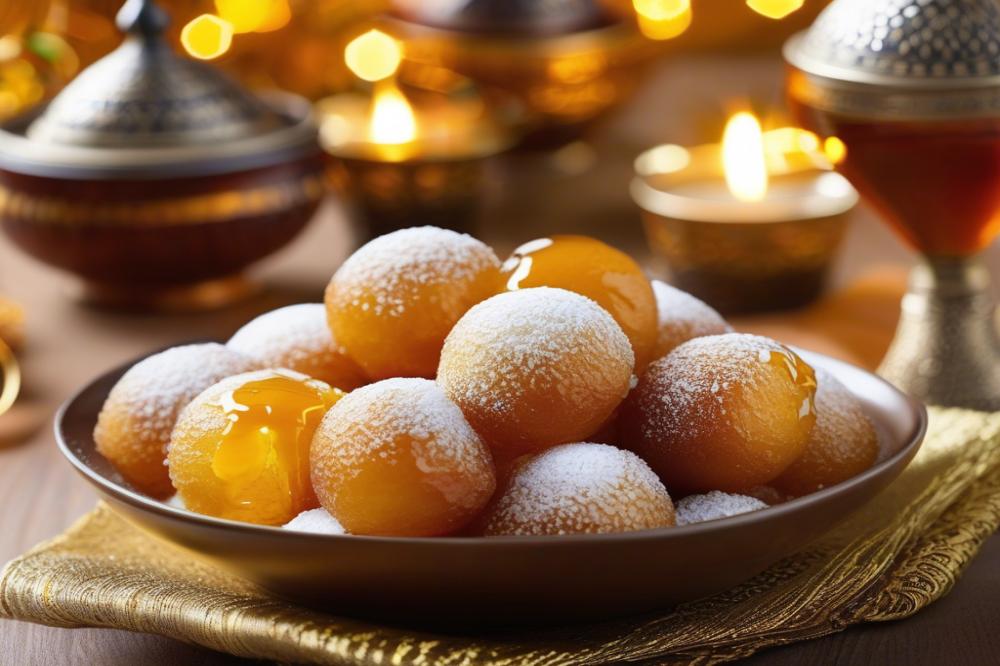
At first glance, Zalabya appears as a simple dish of fried dough balls. However, the significance of this sweet treat extends well beyond its delightful taste. In Egypt and other regions of the Middle East, it plays a vital role in cultural cuisine, especially during special occasions and holidays.
Often enjoyed as street food, these doughy delights are beloved everywhere. Comparing it to other Middle Eastern sweets, you might see similarities with items like Luqaimat or Knafeh. While both share a rich flavor and sweet profile, the texture of Zalabya stands out. Made from a slightly thicker batter, it absorbs honey syrup in a unique way, giving it a soft and chewy experience.
Historical roots trace back hundreds of years. The origins of this dish reflect a blend of influences from various cultures. Some say it dates back to ancient times, while others believe it was adapted from regional recipes, evolving into what it is today. It remains especially popular during Ramadan, when families gather to share meals and festive desserts. Fried dough balls become more than just snacks; they symbolize togetherness and joy among communities.
Incorporating taste, tradition, and nostalgia, Zalabya is a staple in many dessert recipes. People often prepare it for special gatherings or family events. Its fluffy texture and decadent honey flavor make it a must-try for anyone exploring local culinary delights. Outside Egypt, you’ll find variations in many Middle Eastern countries, with each region adding its unique twist. Yet, no matter where you find it, the essence of this traditional sweet remains strong.
Ingredients and Method
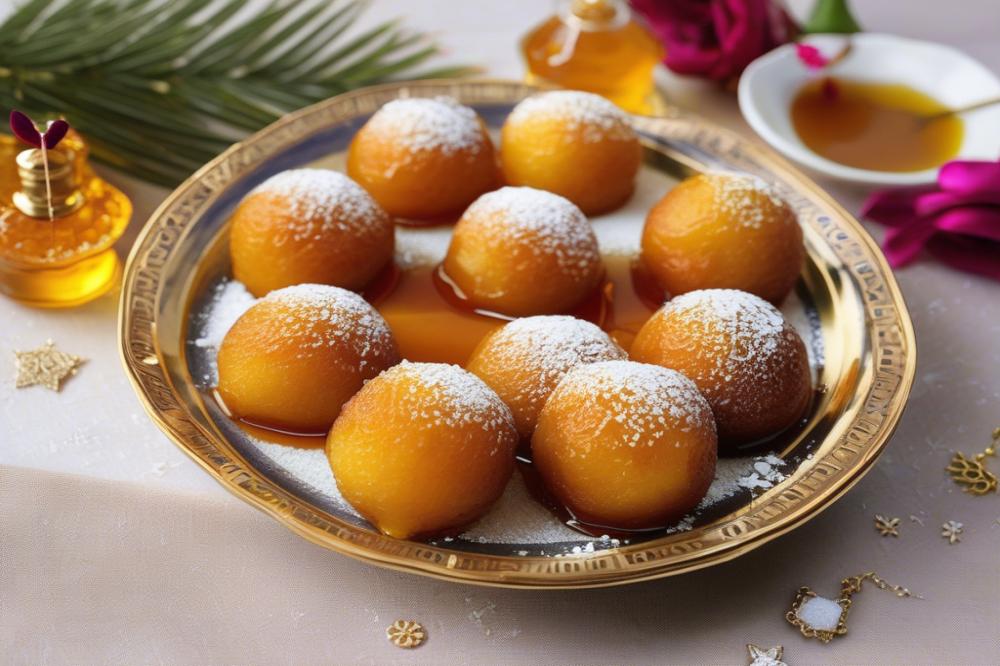
Ingredients List
To create these delightful fried dough balls, you will need the following ingredients:
- All-purpose flour: 2 cups
- Yeast: 1 tablespoon
- Sugar: 2 tablespoons
- Warm water: 1 cup
- Salt: ½ teaspoon
- Oil for frying: as needed
- Honey syrup: for serving (made with honey and water)
Cooking Instructions
Begin by mixing the yeast, sugar, and warm water in a small bowl. Allow this mixture to rest for about 5-10 minutes. You want to see bubbles forming, which indicates that the yeast is active. In a larger bowl, combine the flour and salt. These will be your dry ingredients.
Once the yeast mixture is ready, pour it into the bowl with flour and salt. Mix everything together until a dough starts to form. Knead the dough for about 5-7 minutes until it feels smooth and elastic. Then, place it in a greased bowl, covering it with a cloth. Let it rise for about an hour, or until it has doubled in size.
After the dough has risen, you can begin shaping it. Pinch off small portions and roll them into balls, about the size of a golf ball. Heat your oil in a deep pan over medium heat. Carefully drop the dough balls into the hot oil, frying them until they turn golden brown. This should take about 3-4 minutes.
While the dough is frying, prepare the honey syrup by mixing equal parts honey and water in a small saucepan. Heat it gently until it’s well-combined and warm. Once the fried dough balls are done, remove them from the oil and let them drain on paper towels.
To serve, drizzle the warm honey syrup over the fried dough balls. These tasty snacks are a perfect addition to any meal or festive gathering, especially during Ramadan. Enjoy this delightful combination of crispy exterior and soft interior, embraced by the sweetness of the syrup.
Nutritional Information
The ingredients collectively create a rich source of carbohydrates, primarily from flour and sugar. Each serving of these traditional sweets provides energy, making them a popular choice in Middle Eastern sweets. Always consider moderation, particularly if you’re enjoying this street food on special occasions.
The Tradition of Eating Zalabya
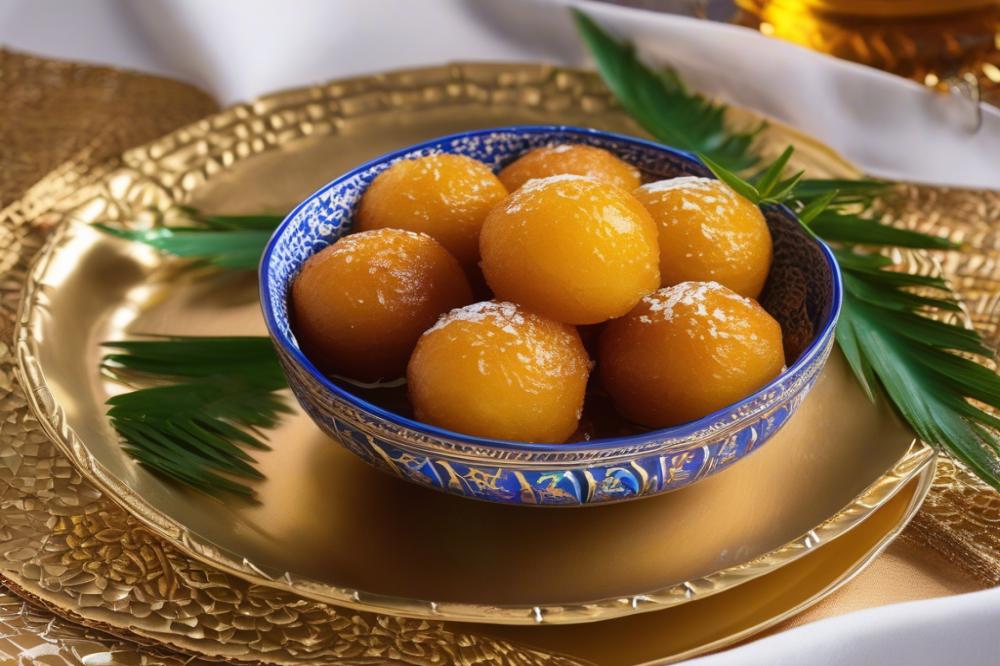
Zalabya’s Role in Ramadan Festivities
During Ramadan, sweet treats hold a special place in hearts and homes. Zalabya takes center stage as a popular choice for Iftar, the meal that breaks the fast. Families gather to share this fried dough, which is often drenched in rich honey syrup. The dish brings joy and satisfaction after long hours of fasting. It becomes more than just food; it’s a tradition that unites people during this holy month. Celebrations feel incomplete without these delightful morsels.
Popularity as a Street Food in Egypt
Street vendors across Egypt proudly serve a variety of tasty snacks, and Zalabya is one of the favorites. People love to pick up these warm, crispy balls while walking through busy markets or strolling along the streets. The aroma tempts passersby, making it hard to resist. This fried dough is often enjoyed both as a quick snack or a dessert after meals. Chefs skillfully prepare them in front of customers, adding to the experience. Eating Zalabya from a local stall is part of the cultural cuisine that locals and tourists alike cherish.
How Zalabya is Served and Enjoyed
Served hot, this sweet treat is often accompanied by a drizzle of honey syrup, enhancing its flavor. Some people also sprinkle sesame seeds or coconut flakes on top for added texture. Eating this dish is more than just a satisfying act; it’s about savoring each bite. Families often enjoy them together, making it a bonding experience. Videos of people trying this popular dessert for the first time often show their delight. Many also share their favorite dessert recipes, hoping to recreate the magic at home. As people indulge, laughter and stories flow, creating lasting memories around the table.
Variations of Zalabya
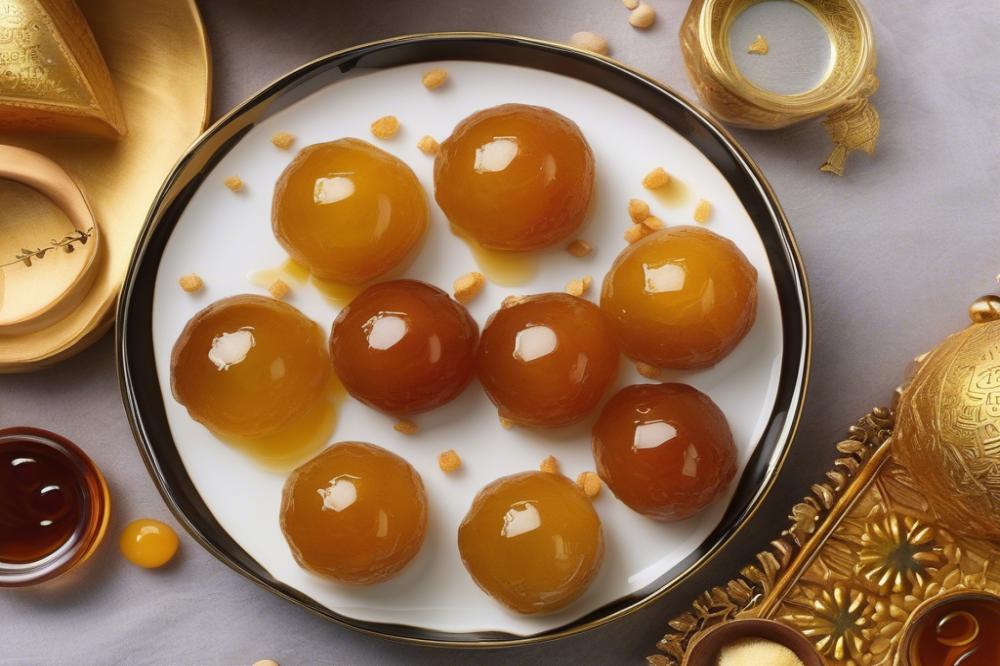
Regional Differences in Preparation and Serving Styles
Street vendors across Egypt offer different takes on fried dough. In Cairo, they often prepare these sweet treats with a heavier dough, making them denser. Families in Alexandria may prefer a lighter version that pairs beautifully with additional toppings. Each region adapts the basic recipe to reflect local tastes and traditions. During Ramadan, these dessert recipes become a staple, highlighting the cultural significance of the dish. Festivals in the Nile Delta feature variations that showcase local spices, while in Upper Egypt, zalabya might be served with a twist of cardamom.
Alternative Toppings and Accompaniments
Honey syrup is the classic topping for these delicious bites, but other options exist. Some people enjoy them drizzled with chocolate sauce, adding a modern flair. Others appreciate a sprinkle of powdered sugar for a simple touch. Fruits such as bananas or berries can also be served alongside, introducing fresh flavors. Nibbles are often paired with creamy dips, blending sweet and savory. These adaptations create a spectrum of flavors that appeal to various palates.
Creative Twists on the Traditional Recipe
Food enthusiasts love experimenting with these traditional sweets. Some chefs have introduced nut fillings, providing an unexpected crunch. Others might infuse the dough with flavors like saffron or orange blossom for an aromatic experience. Vegan variations have emerged, using plant-based ingredients to mimic the classic taste. This transformation shows how versatile this dish can be. The possibilities are endless, making it a favorite among those who cherish culinary creativity.
Cultural Significance and Connection to Egyptian Cuisine
Fried dough balls are more than just a sweet treat in Egypt. They are a symbol of the country’s rich culinary heritage. Every bite of this delightful snack often evokes memories of family gatherings and joyful celebrations. The way they are prepared and served showcases a deep connection to cultural cuisine that many Egyptians cherish.
During special occasions, sweets play a vital role. Celebrations such as Ramadan would not be the same without these delicious morsels. A popular Ramadan dessert, they are commonly drizzled with honey syrup and served as a communal dish. Many families look forward to sharing these tasty snacks with loved ones during the holy month. They are a staple at iftar, the meal to break the fast, filling homes with warmth and sweetness.
Street food enthusiasts can find these delights in various local markets. Vendors often serve them fresh, allowing people to experience the crunchiness paired with a sticky glaze. Visiting these stalls often becomes a cultural experience. Friends and families gather to enjoy the atmosphere while savoring these delightful Middle Eastern sweets. This lively scene reflects the bonding that food can create.
Personal stories about fried dough balls enrich the overall experience. Many people share memories of learning recipes from their grandparents or the excitement of lining up with friends at a food stall. Each story adds a layer to their significance in daily life. From school celebrations to holiday feasts, the mention of this traditional sweet brings smiles and nostalgia.
Understanding the importance of these dessert recipes helps to appreciate their place in Egyptian food culture. They are not just snacks; they symbolize togetherness and tradition. The joy of eating them connects different generations, keeping heritage alive in an ever-changing world. For many, indulging in these treats is a sweet reminder of their roots and family connections.
Final Thoughts on the Sweet Delights of Fried Dough
The charm of this sweet treat lies in its delightful simplicity and unforgettable taste. Its crispy exterior combines perfectly with a warm, tender inside, capturing the essence of Egyptian culinary tradition. Families across the country cherish this dessert, making it a beloved staple during festivals and daily life.
Trying to make these delightful fried dough balls at home can be a rewarding experience. With a few essential ingredients and a bit of patience, anyone can recreate this beloved dish in their kitchen. Imagine the aroma filling your home as they bubble away in hot oil. It’s an experience that links you to generations past.
Preserving traditional recipes like these is important. They tell the story of a culture, weaving connections across time. Sharing such recipes helps maintain these treasured aspects of our heritage. So, gather your loved ones and take the time to explore making fried dough together. In the end, it’s not just about the food. It’s about the memories created and the traditions upheld.

